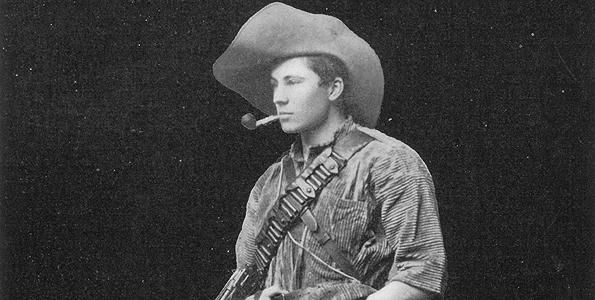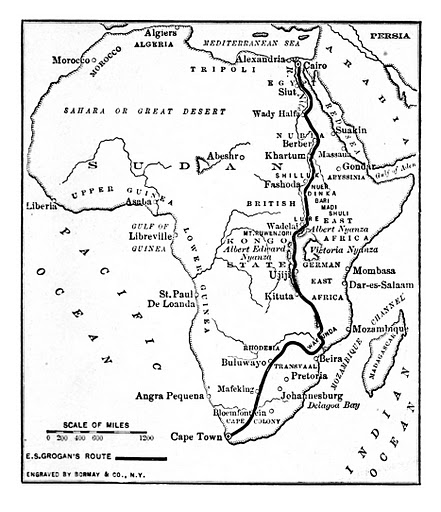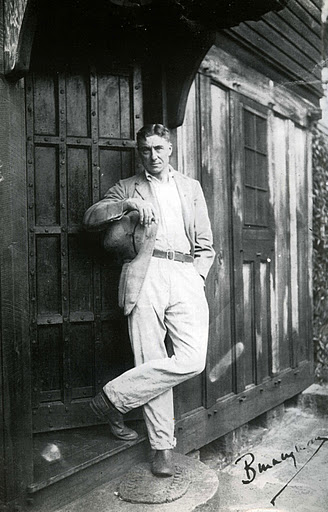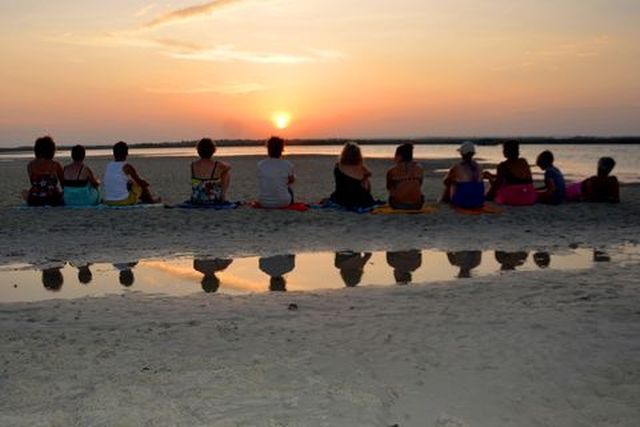12 Tips Of Practicing Sustainable Tourism
Why practice Sustainable Tourism
Africa Safaris was a tradition initiated by hunters. Over a period of time things have changed and environment has as well. People started seeing the importance of taking care of fauna and flora all over the world to reduce the negative impact of tourism to the environment. Well that is not all sustainable tourism is about, it is also about supporting local community and economy.
Below are tips that will help you join the world in practicing sustainable tourism. These tips will help you give back to the community and to mother earth as well.
1. Learn About your Destination
Before you travel read and learn about your visiting destination. There are many destination guide books that will enable to learn more about a country’s culture, language, the does and don’ts. You can search from the many tones of information on the internet. The last thing you want to do is walk around with polythene bags in Kenya after the burn just because you lucked the information.
2. Read the wildlife and park rules and abide by them.
There are rules in every park, conservancy and reserves. These are always in place to protect the animals and their natural habitats, the visiting tourist safety and the environment. Practice sustainable tourism by respecting the rules to preserve the beauty of the land you are visiting. Rules like do not feed the animals, do not get out of your van during a safari and do not litter and so on should be observed keenly.
3. Respect animal space and habitat.
Safaris are called so because humans travel to the animal’s natural habitats. If this is not handled with caution, we might disrupt the spatial patterns that might have an impact to the visited eco-system. Keep silence when spotting animals and travel with earth or dull colored clothes to remain invisible whenever in the animal kingdom. Noise and too much human activities might disrupt their natural lives e.g. feeding patterns, mating patters and so on. This might lead to a frustrated animal world and no one wants that in their destination. Not the animals, not the tourist, not the tourism industry, not the residential locals and definitely not the environment.
4. Support locally made Handcrafts
Some East African communities are naturally blessed with the gift of craftsmanship. If you purchase handmade craft from them you directly support them and their families. You also leave with unique pieces that takes you back to Africa every time you look at them. Handcraft options are limitless with each of the communities being unique in their own art. They range from wooden carvings, to soap stone carvings, to colorful bead-work to woven baskets and beautifully painted portraits. Buying those helps you support local community as they carry on their cultural aspects. This is a way of practicing sustainable tourism as you are giving back to the community.
5. Stay within the boundaries of your camp or lodge
The camps and lodges are set inside parks with dense animal population. Do yourself a favor by staying within the camp or lodge compound and not leaving unless accompanied by a trained and experienced guide. Nobody wants to be a hyena’s early meal. Remember your flesh in quite different from an antelope’s flesh and once the wild animals go ‘human’ they never turn back.
6. Never purchase souvenirs with corals or endangered animal products
As much as we encourage you to purchase locally made crafts. You should know what is healthy and legal to purchase. Very many species diminishing and some habitats ruined because some people are trading on the products. Supporting these kind of business means that you will be aiding in increase of their demand hence more will be killed and more habitats ruined. Artifacts with Ivory, tortoise shells, corals, reptile skins animal hides and plants ham the environment. In sustainable tourism, we try to reduce animal population loss regardless of how valuable its product are.
7. Remove unneeded packaging
When you have shopped and you are packing for your Safari. Make sure you remove all the unwanted packaging to reduce litter in the destination you are traveling to. Polythene bags are a no no in Kenya thanks to the burn. Therefor you would like to unwrap that new camera and binoculars and leave the packaging at home. This also helps in reducing the bulk in your bag, making it easier to move.
8. Be conscious of what you are taking or leaving
I once walked in a forest that had a board written, ‘take only the nourishment and leave everything as you found them’. For me I will advise you to take only the photographs with you and leave only your footprints behind. Our Vans and Jeeps are fitted with dustbin to control littering in the parks. In case you find yourself in one without, kindly keep even the tiniest of your litter and throw it in the next bin you encounter.
9. Keep any used batteries and carry them back home
Regardless of where you will think it will be safe to throw them. If a country does not yet have recycling programs that will handle such hazardous materials, that material will affect the environment. North America has the proper resources of disposing off used batteries.
10. Bring Biodegradable Shampoos and conditioners.
Personal hygiene has to be observed even while on Safari. It would be better if one could observe the environmental health with the same amount of keenness they put in personal hygiene. Shampoos are often washed down the soil. When choosing your brand of choice look out for the words ‘biodegradable’ or ‘organic’
11. Leave the city for your safari with SEED BALLS.
A seed ball is simply a tree seed inside a ball of charcoal dust mixed with nutritious binders. The act of throwing it to a barren lands or grassy areas is referred to as Seed-Bombing. Also Known as Aerial reforestation. It has and is being used in areas where plants can grow or even man-made deserts. These seeds are always contained in the charcoal dust balls then germinated in ideal conditions for each climate/region. Every region has suitable tree seeds that are well adapted to the climates.
12. Avoid Taking picture of the locals unless you are at a place right to do so.
Respect your hosts and their culture. What might be strange or different to you, is their daily routine avoid taking a picture of them as you drive by. This might be considered rude or disrespectful among the locals. If interested in interacting with them and know more about their culture, there are designated villages where there are local open to questions or might even allow you to take pictures.

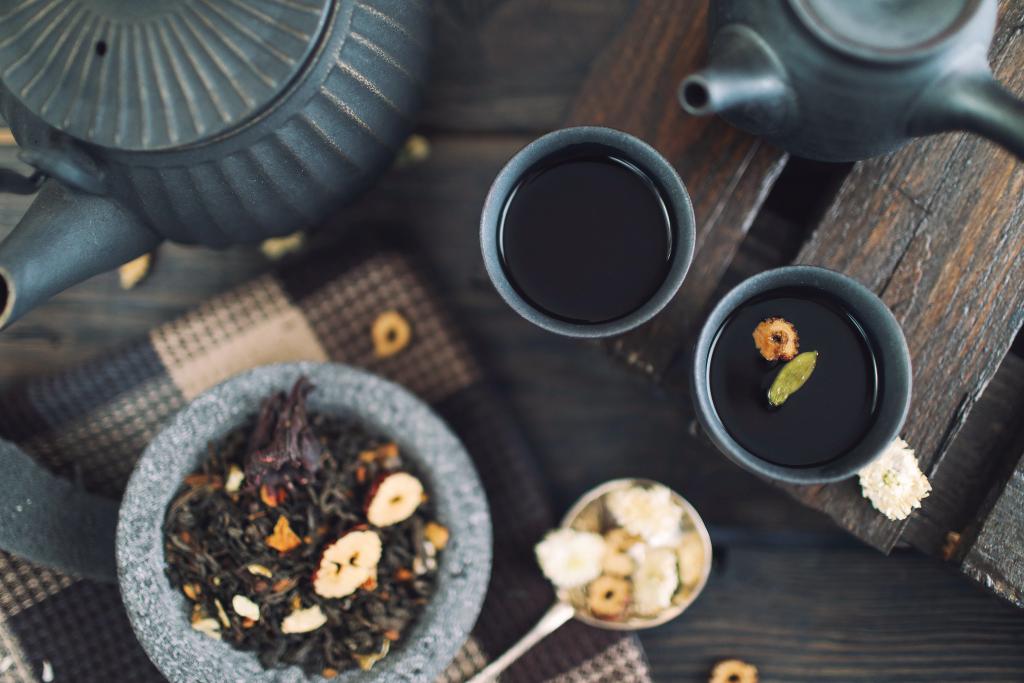

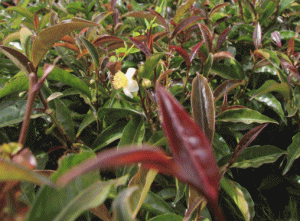

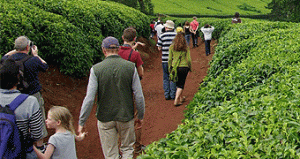
 Take your adrenaline glands on a joy ride diving from an elevated tower over river Tana at Kenya’s Sagana River and over a beautiful jungle setting. Beginners sign up for intro classes that nobody is left out in our adrenaline gashing activity.
Take your adrenaline glands on a joy ride diving from an elevated tower over river Tana at Kenya’s Sagana River and over a beautiful jungle setting. Beginners sign up for intro classes that nobody is left out in our adrenaline gashing activity.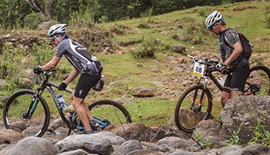
 Dreaming of gettingt your adrenaline pumping there is no better way to do than puddling in a two-person or six-person croc-raft challenge, speeding on a raft river and working together to maintain balance in the middle of a dense jungle and anticipating a water fall. First timers will are accompanied by a professional and safety measure are observed.
Dreaming of gettingt your adrenaline pumping there is no better way to do than puddling in a two-person or six-person croc-raft challenge, speeding on a raft river and working together to maintain balance in the middle of a dense jungle and anticipating a water fall. First timers will are accompanied by a professional and safety measure are observed.

